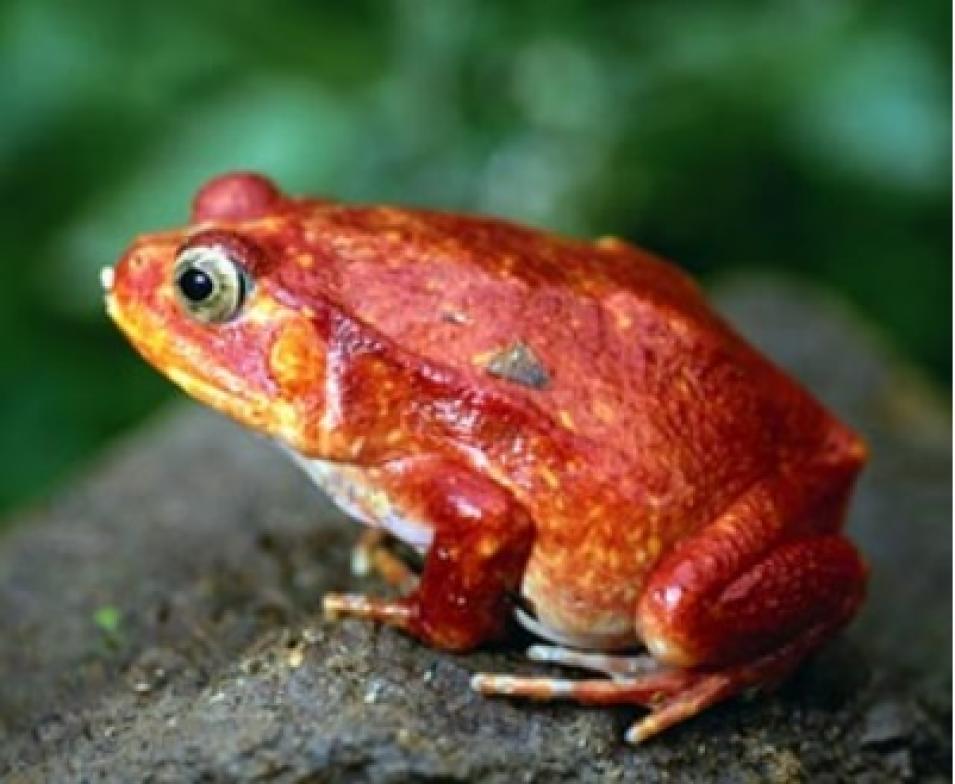Mention to someone that a little known species such as the 'Alerce'—a large tree native to Chile and Argentina —is endangered, and they're likely to not bat an eyelash. But then drop the name of a more relatable endangered species such as, say, the Slender Loris from Sri Lanka—a fuzzy little primate with brown eyes that would give any teddy bear a run for its money—and it's likely to elicit more compassion.
Both are endangered, due in large part to habitat fragmentation from logging and other human activities. And both are evidence of the Earth's dwindling natural resources, according to the Millennium Ecosystem Assessment (MA), the first-ever global effort to take stock of the planet's ecosystem health. And the vital signs aren't looking good. Of the 24 categories of ecosystem health that were evaluated, 15 are being seriously degraded at a rate that cannot be sustained, said Walt Reid, director of the MA, an international, multimillion dollar undertaking. "If we think of the planet's ecosystem services as a bank account that could last indefinitely if managed wisely, we are instead spending the principal. That does provide short-term benefits, but the long-term costs will be significant," said Reid. By altering the planet, be it through deforestation, over-fishing, or degradation of land and climate change, "we're depleting a capital asset," he said.



